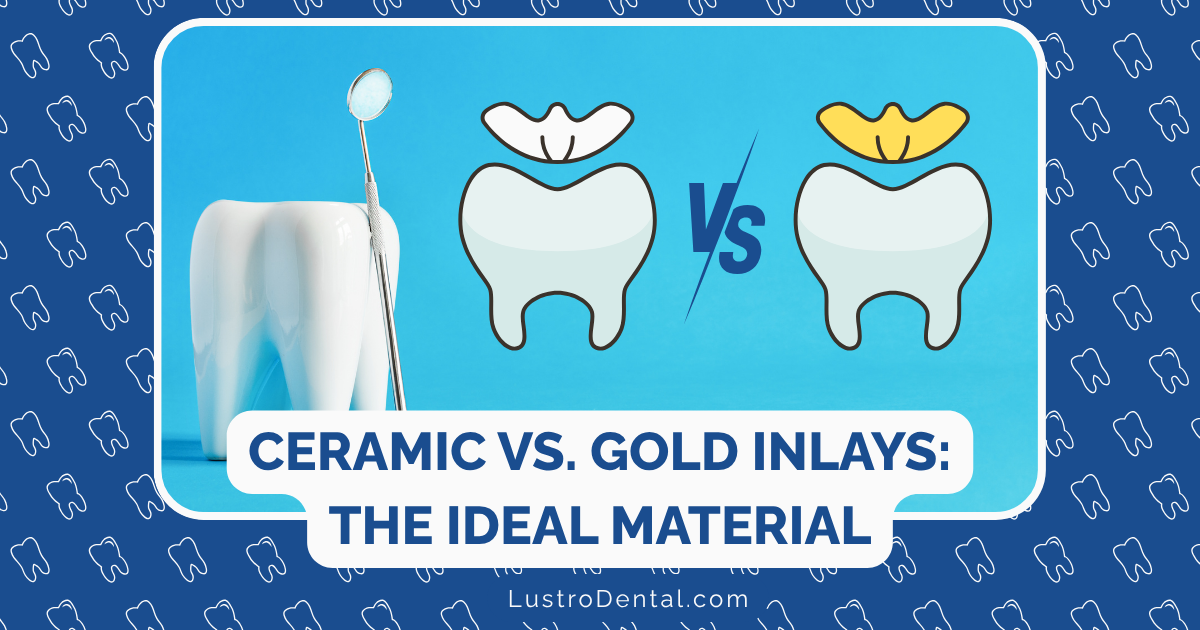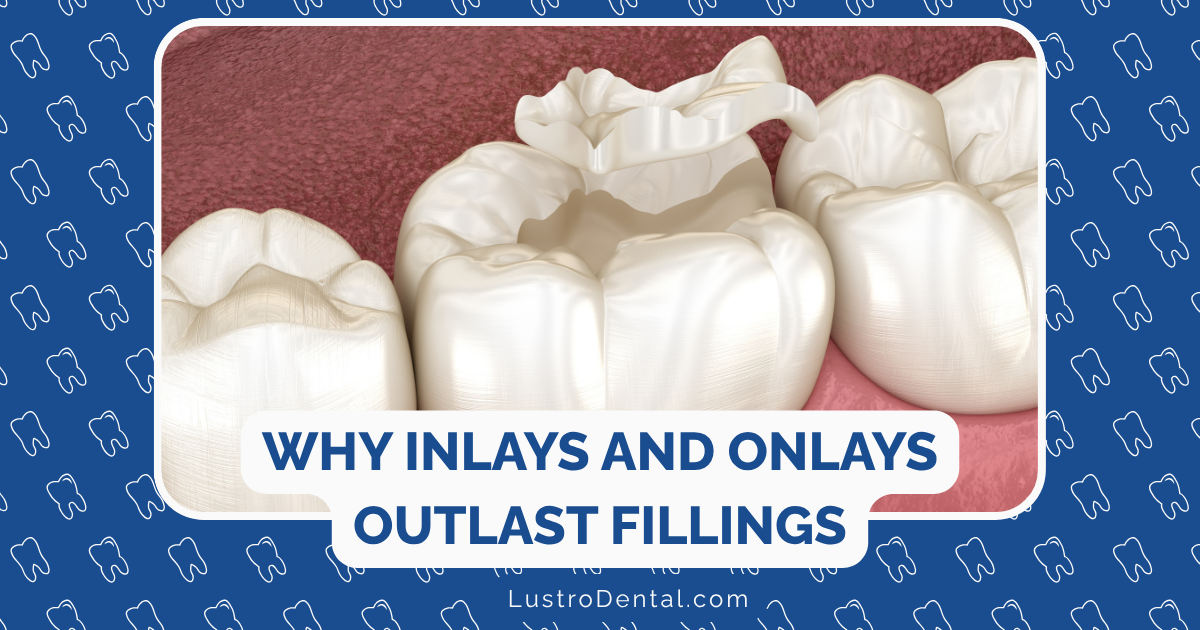Mini Implants vs. Standard Implants: Which Option Fits Your Needs?

When it comes to replacing missing teeth, dental implants have revolutionized restorative dentistry by providing solutions that closely mimic natural teeth in both function and appearance. However, not all dental implants are created equal. The two main categories—mini dental implants and standard (traditional) implants—offer distinct advantages and limitations that can significantly impact your treatment experience and outcomes.
As someone who’s passionate about helping patients understand their dental options, I’ve seen firsthand how important it is to match the right implant type to each person’s unique needs. In this comprehensive guide, I’ll break down the key differences between mini and standard implants, explore their pros and cons, and help you understand which option might be better suited for your specific situation.
Understanding the Basics: Mini vs. Standard Implants
Before diving into the details, let’s clarify what distinguishes these two implant types:
Standard Dental Implants
Standard implants are the traditional option that has been widely used for decades:
- Diameter: 3.4-5.8mm (about the width of a pencil eraser)
- Length: 7-15mm
- Structure: Typically two-piece design (implant fixture and separate abutment)
- Material: Usually titanium or titanium alloy
Mini Dental Implants (MDIs)
Mini implants, as the name suggests, are smaller in size:
- Diameter: 1.8-3.3mm (about the width of a toothpick)
- Length: Similar to standard implants (7-15mm)
- Structure: Often one-piece design (implant and abutment in a single unit)
- Material: Typically titanium alloy
Dr. Sarah Johnson, a prosthodontist at the American College of Prosthodontists, explains: “The primary difference between mini and standard implants is their diameter. This seemingly small distinction has significant implications for surgical placement, healing, load-bearing capacity, and appropriate applications.”
Key Differences: Beyond Just Size
The size difference between these implant types leads to several important distinctions in how they’re used and what they can accomplish:
1. Surgical Procedure
Standard Implants:
- Typically require a more invasive surgical procedure
- Often involve creating a flap in the gum tissue
- May require two surgical phases (placement and uncovering)
- Healing period of 3-6 months before loading (in most cases)
Mini Implants:
- Less invasive procedure (often flapless)
- Usually placed in a single surgical phase
- Often allow for immediate loading (same-day use)
- Shorter healing time and less post-operative discomfort
According to a study published in the Journal of Oral Implantology, mini implant placement typically causes less trauma to surrounding tissues, resulting in reduced swelling and faster recovery.
2. Bone Requirements
Standard Implants:
- Require adequate bone width (5-7mm minimum)
- Often necessitate bone grafting in patients with bone loss
- Provide excellent stimulation to prevent further bone loss
Mini Implants:
- Can be placed in narrower bone ridges (3-5mm)
- Often eliminate the need for bone grafting
- Still provide some bone stimulation, though less than standard implants
Dr. Michael Chen, an oral surgeon, notes: “The reduced bone width requirement is perhaps the most significant advantage of mini implants. They’ve opened up implant treatment to many patients who would otherwise require extensive bone grafting or be considered poor candidates for implants altogether.”
3. Strength and Load-Bearing Capacity
Standard Implants:
- Higher load-bearing capacity
- Better suited for high-stress areas (molars)
- Greater resistance to fracture
- Designed to withstand forces of 250-400 Newtons
Mini Implants:
- Lower load-bearing capacity
- Better suited for lower-stress areas (front teeth, premolars)
- More susceptible to fracture under heavy loads
- Typically designed for forces of 100-200 Newtons
Research from the International Journal of Oral & Maxillofacial Implants indicates that standard implants can withstand significantly higher occlusal forces, making them more suitable for posterior teeth where chewing forces are greatest.
4. Applications and Uses
Standard Implants:
- Ideal for replacing individual teeth (with crowns)
- Excellent for supporting bridges
- Can be used for full-arch restorations (All-on-4®, All-on-6®)
- Appropriate for most areas of the mouth
Mini Implants:
- Primarily used to stabilize dentures
- Can replace small teeth in narrow spaces (lower incisors)
- Useful as temporary supports during healing of standard implants
- Sometimes used in tight spaces between teeth
5. Cost Considerations
Standard Implants:
- Higher cost: $3,000-$5,000 per implant (including restoration)
- Additional costs for bone grafting if needed
- Higher surgical fees due to more complex procedure
Mini Implants:
- Lower cost: $500-$1,500 per implant
- Reduced or eliminated need for bone grafting
- Lower surgical fees due to less invasive procedure
According to the American Academy of Implant Dentistry, the total treatment cost for mini implants can be 50-70% less than standard implants, making them a more accessible option for budget-conscious patients.
Comparing Success Rates and Longevity
One of the most important considerations when choosing between implant types is their long-term success and durability:
Standard Implants
- Success rate: 95-98% over 10 years
- Expected lifespan: 20+ years to lifetime with proper care
- Long-term data: Extensive research with decades of clinical data
A 2024 systematic review in the Journal of Dental Research confirmed the excellent long-term prognosis of standard implants, with survival rates exceeding 95% at the 10-year mark.
Mini Implants
- Success rate: 92-96% over 5 years
- Expected lifespan: 5-15+ years (less data on very long-term outcomes)
- Long-term data: More limited, with fewer long-term studies
Research published in the Journal of Oral Implantology indicates that mini implants can achieve success rates comparable to standard implants in the short to medium term, particularly when used for denture stabilization.
Dr. Lisa Rodriguez, a specialist in implant dentistry, explains: “While mini implants have shown promising results, we simply don’t have the same depth of long-term data that we have for standard implants. This doesn’t mean they’re inferior—just that we should be somewhat more cautious in our expectations for their longevity, especially in high-stress applications.”
Ideal Candidates: Who Benefits Most from Each Option?
Understanding which patients are best suited for each implant type can help guide your decision:
Best Candidates for Standard Implants
- Patients with adequate bone width or willing to undergo bone grafting
- Those needing replacement of molars or premolars
- Patients seeking the most durable, long-term solution
- Younger patients who need a lifetime solution
- Those without significant financial constraints
Best Candidates for Mini Implants
- Patients with narrow bone ridges who want to avoid bone grafting
- Those seeking stabilization of complete or partial dentures
- Patients with small teeth or limited interdental spaces
- Medically compromised patients who benefit from less invasive surgery
- Those with budget constraints who might otherwise forgo implant treatment
Dr. Robert Garcia, a prosthodontist with 20 years of experience, observes: “I’ve found mini implants to be particularly valuable for elderly patients with dentures who aren’t good candidates for extensive surgery. The ability to stabilize their dentures with a minimally invasive procedure can dramatically improve their quality of life.”
Pros and Cons: A Balanced View
Let’s summarize the advantages and limitations of each option:
Standard Implants
Pros:
- Superior strength and durability
- Excellent long-term track record
- Better preservation of jawbone
- Versatile applications for all tooth positions
- More predictable outcomes in most scenarios
Cons:
- Higher cost
- More invasive surgical procedure
- Longer treatment timeline
- May require bone grafting
- Not suitable for all patients
Mini Implants
Pros:
- Lower cost and greater accessibility
- Less invasive procedure with faster recovery
- Can often avoid bone grafting
- Immediate loading in many cases
- Suitable for patients with health concerns that preclude major surgery
Cons:
- Less load-bearing capacity
- Potentially shorter lifespan
- Higher risk of fracture under heavy forces
- Limited applications (primarily denture stabilization and front teeth)
- Less extensive long-term research
Common Misconceptions About Mini Implants
Several myths about mini implants persist that deserve clarification:
Myth 1: “Mini implants are always a better choice because they’re less invasive.”
Reality: While mini implants are less invasive, they aren’t appropriate for all situations. Their reduced diameter limits their strength and applications, making standard implants a better choice for many patients, particularly for posterior teeth.
Myth 2: “Mini implants are just as strong as standard implants.”
Reality: Physics doesn’t lie—the smaller diameter of mini implants inherently reduces their strength and resistance to fracture. Laboratory studies have shown that mini implants can fracture after approximately 480,000 cycles of a 300 Newton load, which is significantly lower than the average adult bite force of 720 to 900 Newtons in the molar region.
Myth 3: “Mini implants never require bone grafting.”
Reality: While mini implants can often be placed without bone grafting, they still require a minimum amount of bone. Severely atrophied ridges may still need some augmentation, though typically less than would be required for standard implants.
Myth 4: “Mini implants are a temporary solution.”
Reality: When properly placed in appropriate situations, mini implants can provide long-term service. However, they are not simply “temporary” versions of standard implants but rather different tools with specific indications.
Real Patient Experiences: Learning from Others
Sometimes hearing from patients who have experienced these options provides valuable perspective:
“After being told I needed extensive bone grafting for standard implants, I opted for mini implants to stabilize my lower denture. The procedure was quick, virtually painless, and transformed my experience with dentures. Five years later, they’re still working perfectly.” — Margaret, 72
“I initially chose mini implants for my two missing molars due to the lower cost. Within two years, one fractured and had to be replaced with a standard implant. I wish I’d gone with the standard option from the beginning for those high-pressure chewing teeth.” — David, 58
“As someone with severe dental anxiety, the less invasive mini implant procedure was much less intimidating. I was able to have my front tooth replaced without the extensive surgery that standard implants would have required.” — Jennifer, 45
Making Your Decision: Important Considerations
If you’re trying to decide between mini and standard implants, consider these key factors:
1. Location of Missing Teeth
Front teeth experience less bite force than back teeth. Mini implants may be suitable for anterior replacements but are generally not recommended for molars.
2. Bone Quantity and Quality
Have your dentist evaluate your bone dimensions. If you have adequate width, standard implants typically offer better long-term results. If your ridge is narrow, mini implants may help you avoid bone grafting.
3. Functional Needs
Consider how you’ll use the implants. For denture stabilization, mini implants can work excellently. For individual tooth replacements that need to withstand significant chewing forces, standard implants are usually preferable.
4. Financial Considerations
While cost shouldn’t be the only factor, it’s a practical consideration. Mini implants can make implant treatment accessible to patients who couldn’t otherwise afford it.
5. Long-Term Expectations
Consider your age, health, and how long you need the solution to last. Younger patients generally benefit from the proven longevity of standard implants.
Questions to Ask Your Dentist
Before making your decision, discuss these questions with your implant provider:
- Based on my specific situation, which type of implant would you recommend and why?
- What are the success rates you’ve observed in your practice for each option?
- Will I need bone grafting with either option?
- What is the expected lifespan of each option in my specific case?
- How will the total cost compare, including any additional procedures?
- What has been your experience with complications for each type?
- Do you have before-and-after photos of similar cases you’ve treated with both options?
The Hybrid Approach: Combining Both Options
In some cases, a combination of mini and standard implants provides the optimal solution:
- Full-arch rehabilitation: Standard implants in the high-stress posterior regions with mini implants in the front
- Transitional treatment: Mini implants to support a temporary prosthesis while standard implants integrate
- Financial phasing: Beginning with mini implants for denture stabilization with the plan to add standard implants over time as budget allows
Dr. James Wilson, an implantologist, shares: “I’ve had great success with hybrid approaches that leverage the strengths of both implant types. This personalized approach often provides the best balance of function, aesthetics, and value for complex cases.”
Conclusion: The Right Tool for the Right Job
Both mini and standard dental implants have their place in modern dentistry. Rather than viewing them as competing options where one is universally “better” than the other, it’s more accurate to see them as different tools designed for different situations.
Standard implants remain the gold standard for most tooth replacement scenarios, particularly for posterior teeth and when bone dimensions permit. Their proven track record, superior strength, and excellent longevity make them the preferred choice when conditions are favorable.
Mini implants offer a valuable alternative for specific situations—stabilizing dentures, replacing small anterior teeth, and providing solutions for patients with narrow ridges who wish to avoid bone grafting. Their less invasive nature and lower cost have made implant treatment accessible to many patients who would otherwise go without.
The best approach is a personalized one that considers your specific oral condition, functional needs, budget, and long-term goals. By working closely with a qualified implant dentist who offers both options, you can develop a treatment plan that provides the optimal balance of benefits for your unique situation.
Remember that the “best” dental implant isn’t necessarily the largest, the smallest, or the most expensive—it’s the one that most effectively restores your function, preserves your oral health, fits your budget, and meets your long-term needs.
Have you had experience with either mini or standard dental implants? We’d love to hear about your experience in the comments below!







